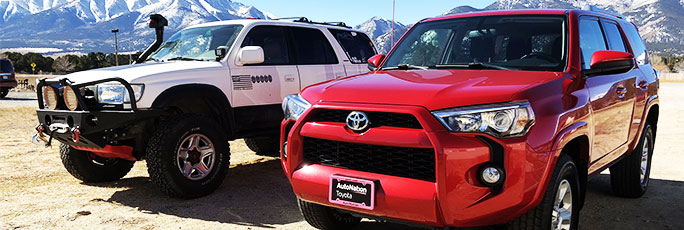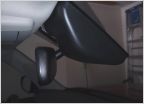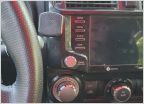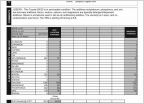-
Welcome to 4Runners.com!
You are currently viewing as a guest! To get full-access, you need to register for a FREE account.
As a registered member, you’ll be able to:- Participate in all 4Runner discussion topics
- Transfer over your build thread from a different forum to this one
- Communicate privately with other 4Runner owners from around the world
- Post your own photos in our Members Gallery
- Access all special features of the site
OEM Parts vs After Market Parts
Discussion in '5th Gen 4Runners (2010-2024)' started by Kairos4x4, Oct 20, 2024.


 FitcamX -My review.
FitcamX -My review. LED Headlights
LED Headlights Advice on console, glovebox dividers and cell phone holders
Advice on console, glovebox dividers and cell phone holders Floor Jack Recommendations
Floor Jack Recommendations May I ask where you gentlemen purchase your Toyota engine oil from?
May I ask where you gentlemen purchase your Toyota engine oil from? Xpel screen/interior protection film
Xpel screen/interior protection film













































































